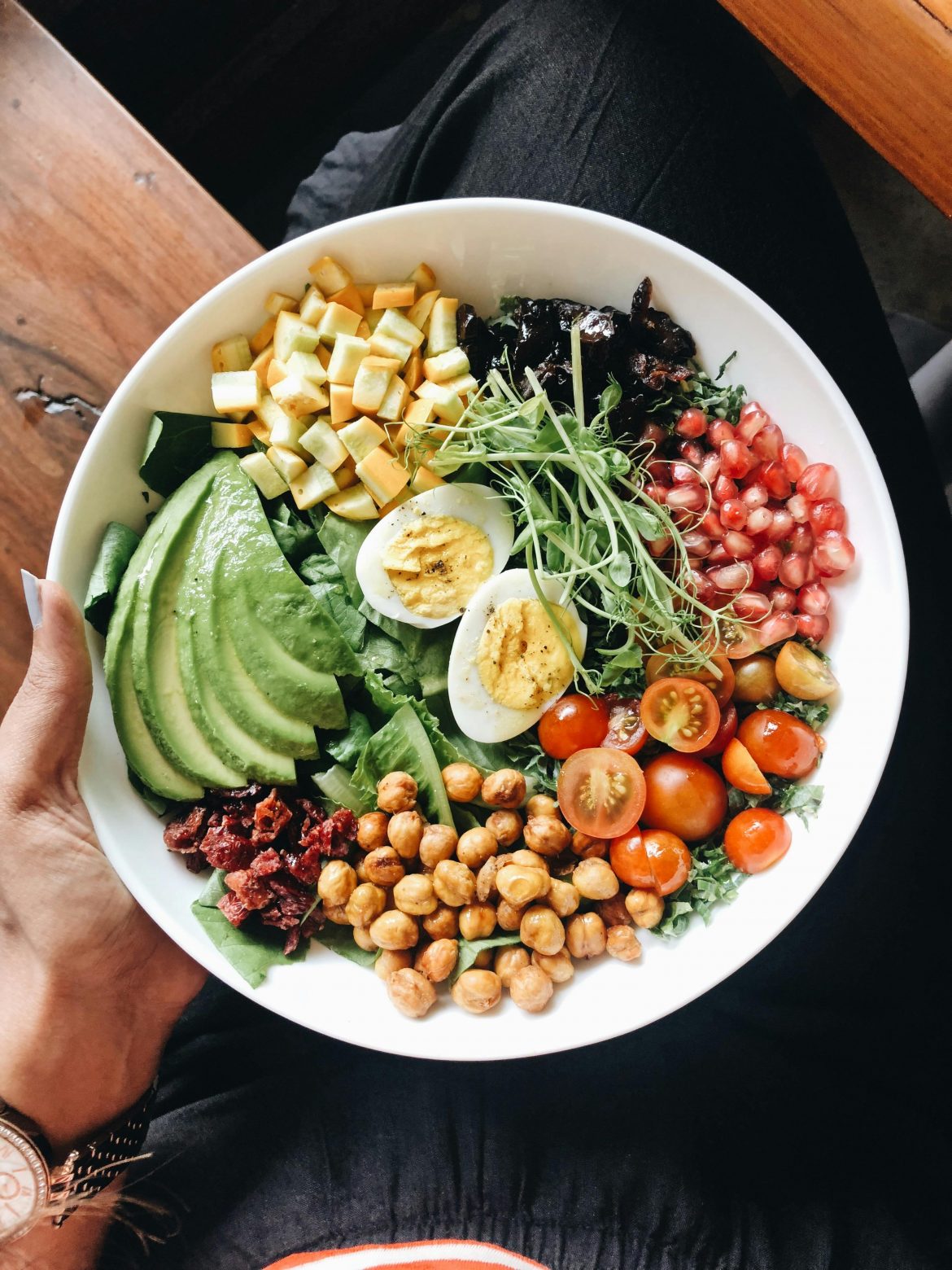Protein has become the nutrient everyone’s talking about – from gym-goers tracking every gram to brands promoting “high-protein” everything. It’s easy to get caught up in the hype, but the question remains: how much do we really need, and is more always better?
According to an article by Taste, the popularity of high-protein diets isn’t new. Paleo, banting and keto all centred on boosting protein and cutting carbs, each promising a healthier, leaner body. The latest wave includes more extreme versions, like all-meat eating plans, which have drawn plenty of attention – and concern – from nutrition professionals.
Read more: 7 High protein fruits and the best ways to enjoy them
According to registered dieticians, many of these diets are built on the same principle: high protein intake paired with limited carbohydrates. While protein plays an essential role in maintaining muscle, hormone function and tissue repair, it works best as part of a balanced diet rather than the main focus.
A moderate daily protein intake – roughly 0.8 to 1.2 grams per kilogram of body weight – is generally considered adequate for most adults. For someone weighing 65 kilograms, that’s around 52 to 78 grams of protein a day. Active individuals or those training intensively may need slightly more, but consuming excessive amounts (especially from animal sources) can place unnecessary strain on the kidneys and other organs.
What often gets overlooked is that protein isn’t only found in meat. Dairy products, eggs, legumes, seeds and grains all contain valuable protein, and incorporating a variety of these sources supports better digestion, nutrient diversity and gut health. Relying too heavily on meat, on the other hand, can increase saturated fat intake and limit the fibre your body needs for energy and heart health.
Experts also noted a pattern of “protein imbalance” – where some people overconsume it, believing it accelerates weight loss, while others cut it out completely in restrictive diet plans. The key, they say, is balance. A healthy plate should ideally include all three macronutrients: carbohydrates, protein and fats.
A simple ratio guideline is 40% carbs, 30% protein and 30% fat per meal, ensuring variety and sustained energy throughout the day.
Here’s a quick guide to good protein choices:
Animal-based:
- Chicken breast: 30 g per 100 g
- Salmon: 25 g per 100 g
- Lean beef: 22 g per 100 g
- Eggs: 13 g per 100 g
Plant-based:
- Lentils: 8 g per 100 g
- Pumpkin seeds: 24 g per 100 g
- Peanuts: 26 g per 100 g
- Chia seeds: 16.5 g per 100 g
- Hemp seeds: 30 g per 100 g
Ultimately, high-protein diets may have their place, but they aren’t a universal solution. A mix of proteins, healthy fats and carbohydrates offers more sustainable results and supports overall wellbeing.
The healthiest approach is one that prioritises balance, variety and moderation over restriction.
ALSO SEE: 5 Signs you need more protein

